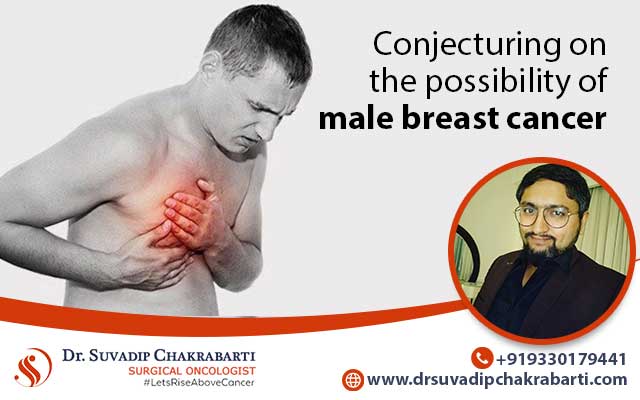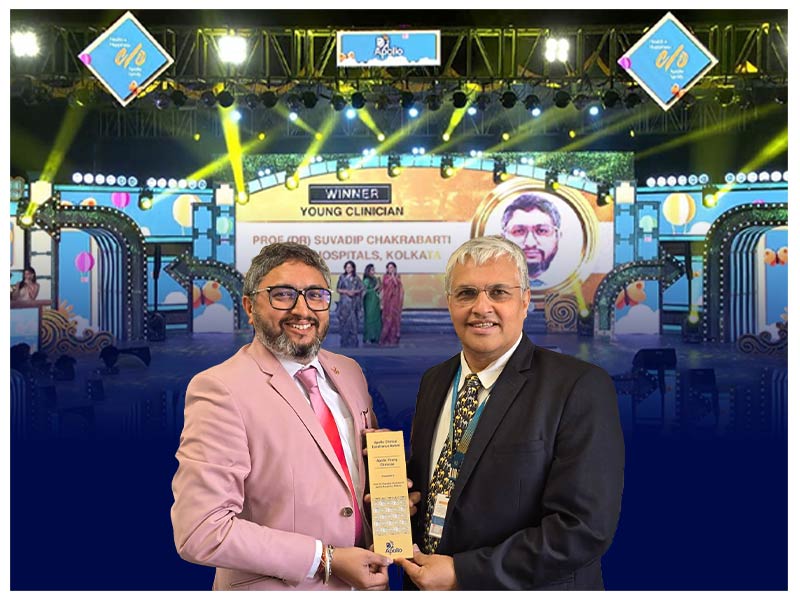Male breast cancer: Is it real?
Breast cancer has long been regarded as a predominantly female affliction, leaving little room for discussion on its occurrence in males. However, as we delve deeper into the realms of medical research and challenge preconceived notions, a growing body of evidence suggests that male breast cancer is a topic worthy of exploration.
In this article, as an oncology practitioner and breast cancer doctor in Kolkata, we venture into this lesser-known domain, shedding light on the possibility of male breast cancer and the importance of awareness.
What makes male breast cancer a marginal issue?
Traditionally, breast cancer has been associated with the female population due to the inherent differences in breast anatomy and hormone levels. Nonetheless, male breast tissue, though less developed, is not immune to the possibility of malignancy. Although it accounts for less than 1% of all breast cancer cases, the incidence of male breast cancer should not be disregarded as a mere statistical anomaly.
What are the risk factors of male breast cancer?
Several factors may contribute to the emergence of breast cancer in men. Genetic predispositions, such as mutations in the BRCA1 and BRCA2 genes, can increase the risk substantially. Additionally, advancing age, family history, hormonal imbalances, exposure to estrogen-related medications, and certain occupational exposures have been identified as potential risk factors. Several types of research conducted by prominent oncologists suggest that increased body mass index plays a determining role in the precipitation of male breast cancer.
What are the symptoms of male breast cancer?
Symptoms of male breast cancer mirror those observed in females, including the presence of a lump, changes in breast shape or sensation, nipple discharge, and skin dimpling or puckering. These signs should not be dismissed or downplayed, as early detection is crucial for effective treatment.
The treatments for male breast cancer
Male breast cancer surgery usually involves a modified radical mastectomy. This may require the removal of the nipple, areola (the dark skin around the nipple), and as well as the skin over the breast. Additionally, lymph nodes under the arms are often excised as well.
In conclusion, the possibility of male breast cancer is not a realm to be ignored or dismissed. By challenging assumptions and increasing awareness, we can empower men to recognize potential symptoms, seek medical assistance, and ultimately improve outcomes. As a breast cancer doctor in Kolkata, it is our collective responsibility to ensure that the dialogue surrounding breast cancer encompasses all genders, fostering an environment of knowledge, support, and early detection for the benefit of all.


